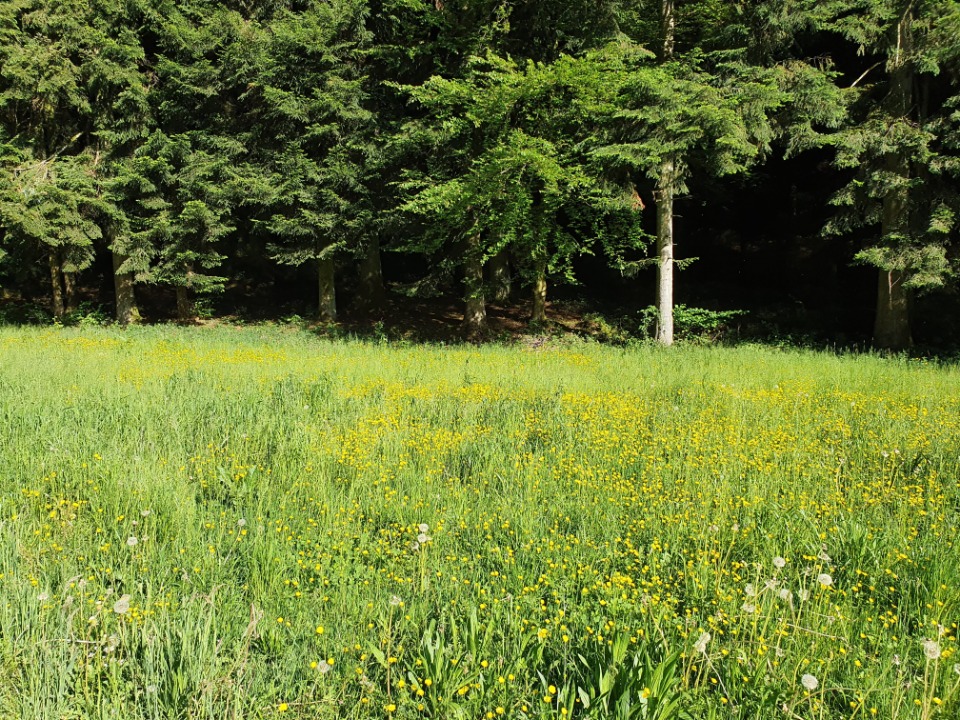Bird Song as Tool for Investigating Ecosystems
 One method used to investigate the diversity in an ecosystem is to use bird song. Using the same sampling strategies you might use for identifying plant diversity, you can get an estimate of the bird diversity in an area. The important things to consider are consistency in monitoring - keep the length of time that the bird song is sampled equal, repeat the samples, like you would a transect or a quadrat and repeat the sampling at different times of day and indeed season, as birds are often migratory and not present year round.
One method used to investigate the diversity in an ecosystem is to use bird song. Using the same sampling strategies you might use for identifying plant diversity, you can get an estimate of the bird diversity in an area. The important things to consider are consistency in monitoring - keep the length of time that the bird song is sampled equal, repeat the samples, like you would a transect or a quadrat and repeat the sampling at different times of day and indeed season, as birds are often migratory and not present year round.
In this exercise, teachers and students from around the world sent me approximately 60 seconds of recording in an environment near them with about 5 pictures of the habitat. Thank you to Mandy Heddle, Mayuki and Dimitra from UWC, ISAK, Japan, Lori Landmeyer of Clearwater Central Catholic School in Florida, USA, Karin Hartog-Kroeze from Antwerp International School in Belgium and my old friend Louise Taylor back in Weardale, UK.
Student Task
1. Listen to each audio track and count the number of different bird songs you hear. Use a birdsong app to identify the birds you hear.
Try BirdNET, SongSleuth, Birdgenie
You will have to listen to each track multiple times to try and ensure your accuracy. Pair up with someone else and come to a consensus about your number of bird song.
2. Each audio file represents a very different location and ecosystem. Suggest how your findings match what you can deduce from the different ecosystems.
3. Evaluate the methods used for collecting this data and suggest improvements.
